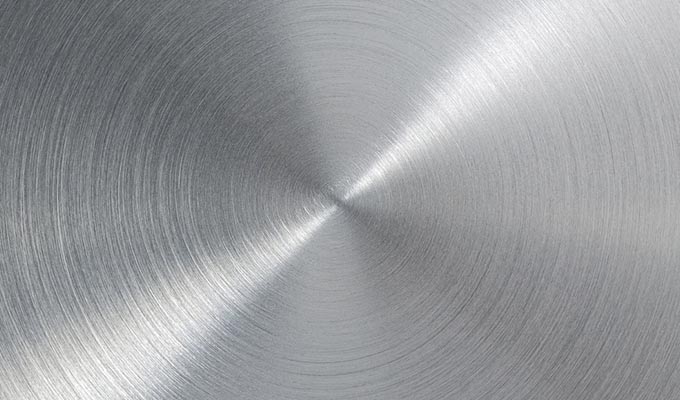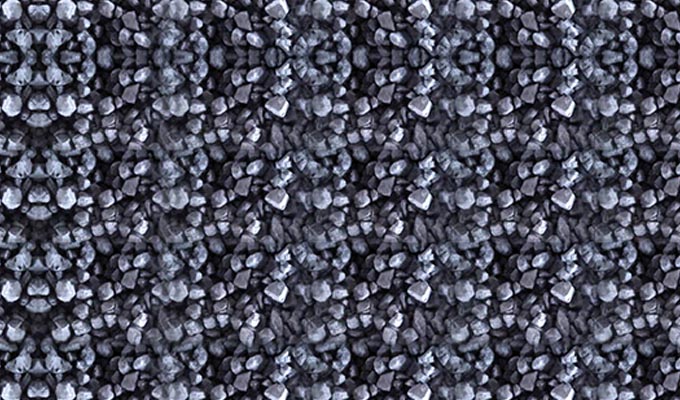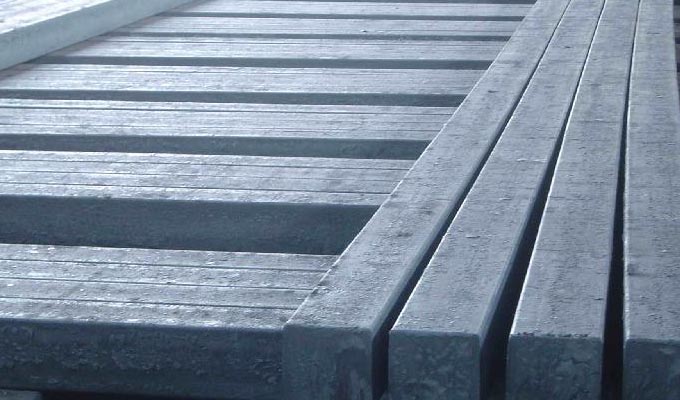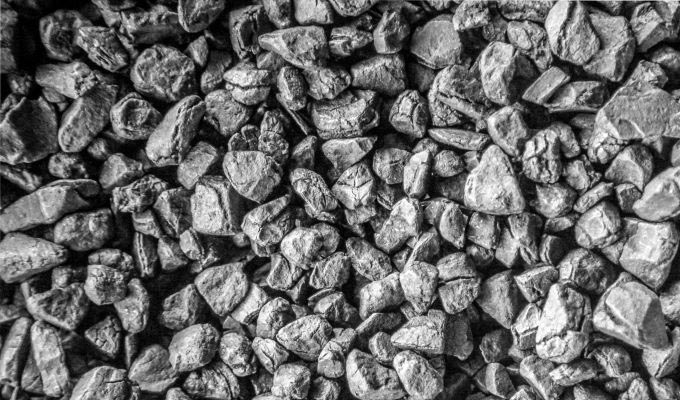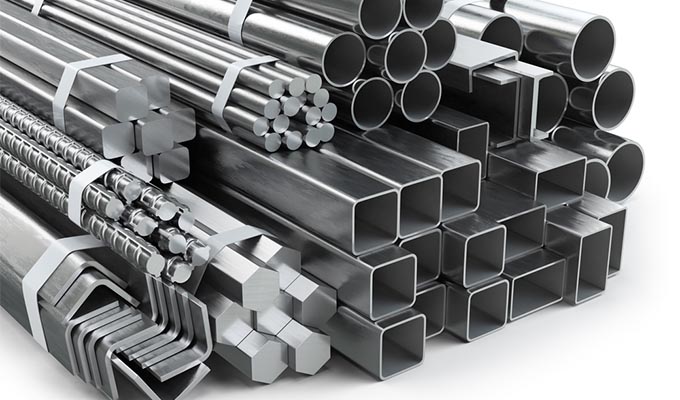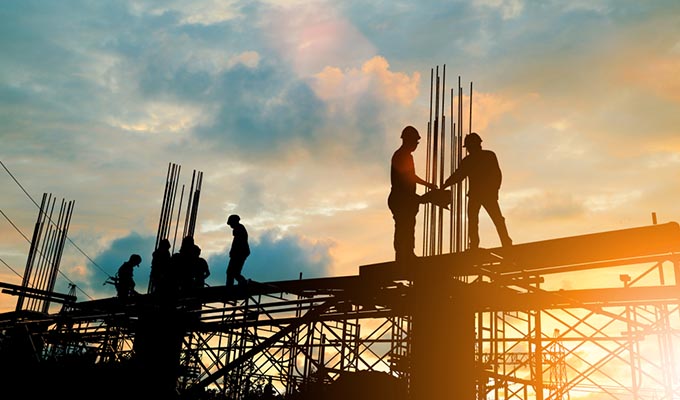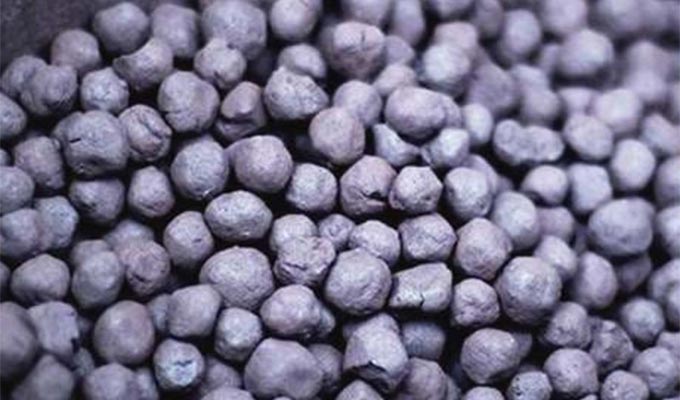Steel has become a significant part of our entire lifestyle. We use it each day and every day even though we don’t realize it. It is the reason that has resulted in prosperity and the benefit, and it cannot be described with mere words. A society, as well grounded and acceptable as this, it is the most crucial part that revitalizes our human life and nature.
The Impact Of Steel
Because of this constant evolution, there have been many sectors and industries in India that have benefitted immensely from it. Some of them are given below:
Automobiles
Many of the vital parts in our automobiles consist of steel. With an increased emphasis to development in India, many companies are opening up manufacturing plants to make them in India only. Since there is a lot of growth potential, this industry will soon expect a greater rise, kudos to the immense contribution of steel.
Transportation
The transportation sector is another aspect, which comes in direct alignment with the steel industry. With the robust implementation and manufacturing of transport-based equipment and materials at a steady rise, steel is the driving factor behind it and always will be.
Gadgets
Being tech-savvy is the buzzword in these times and steel has carved a niche in this sector too. Many of the internal workings of gadgets and equipment comprise of steel, as it is highly valuable and readily available.
Housing
Your home’s internal beam bars are what support the structure, and steel raises its wings to keep you protected. It is something that is necessary everywhere and available anywhere.
An EndNote
The Indian Steel Industry is among the best in the world when it comes to the factors concerning production and support. It has driven India’s GDP by 7.4%, which show the positive role steel has played in shaping up the present and of course, the future.

